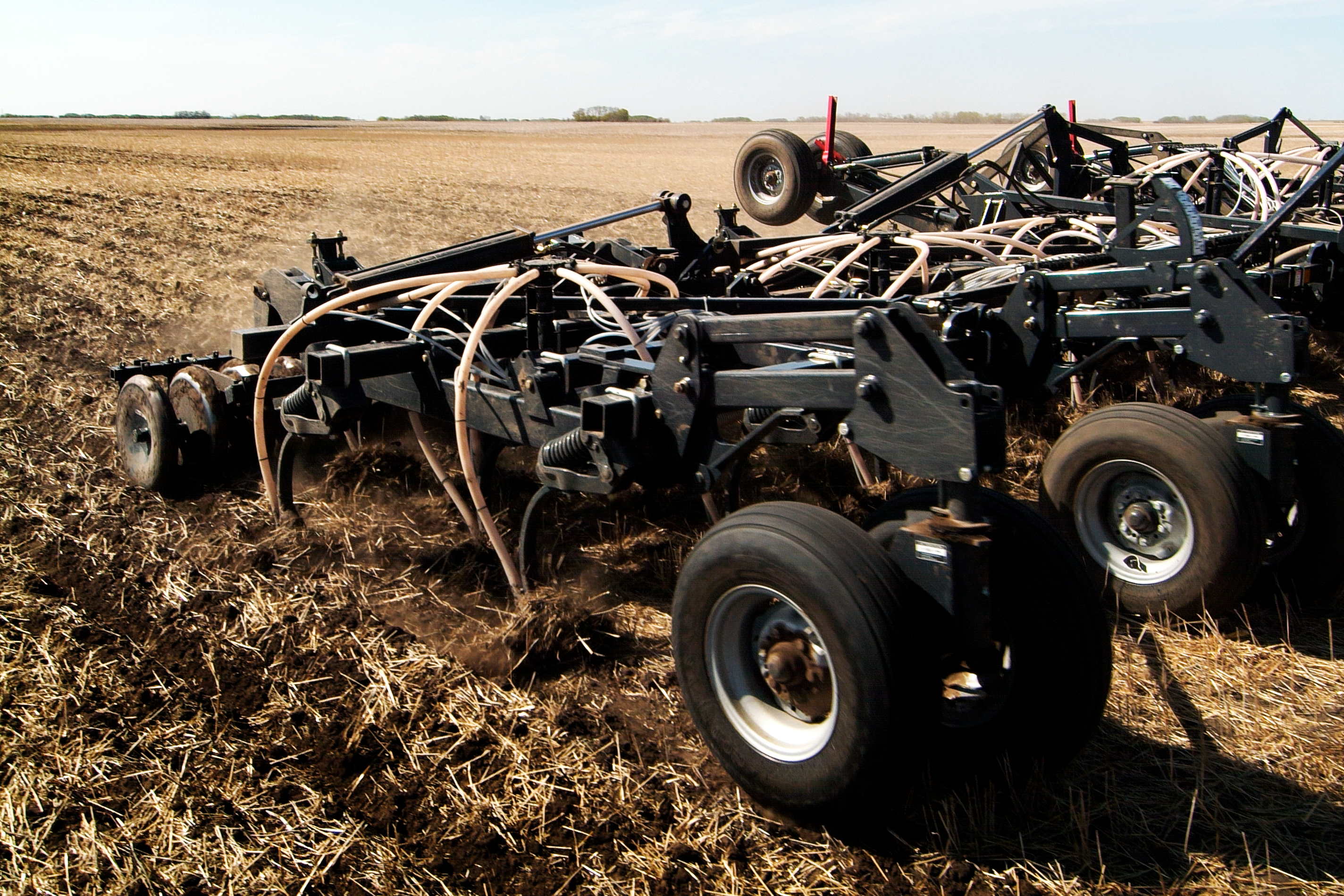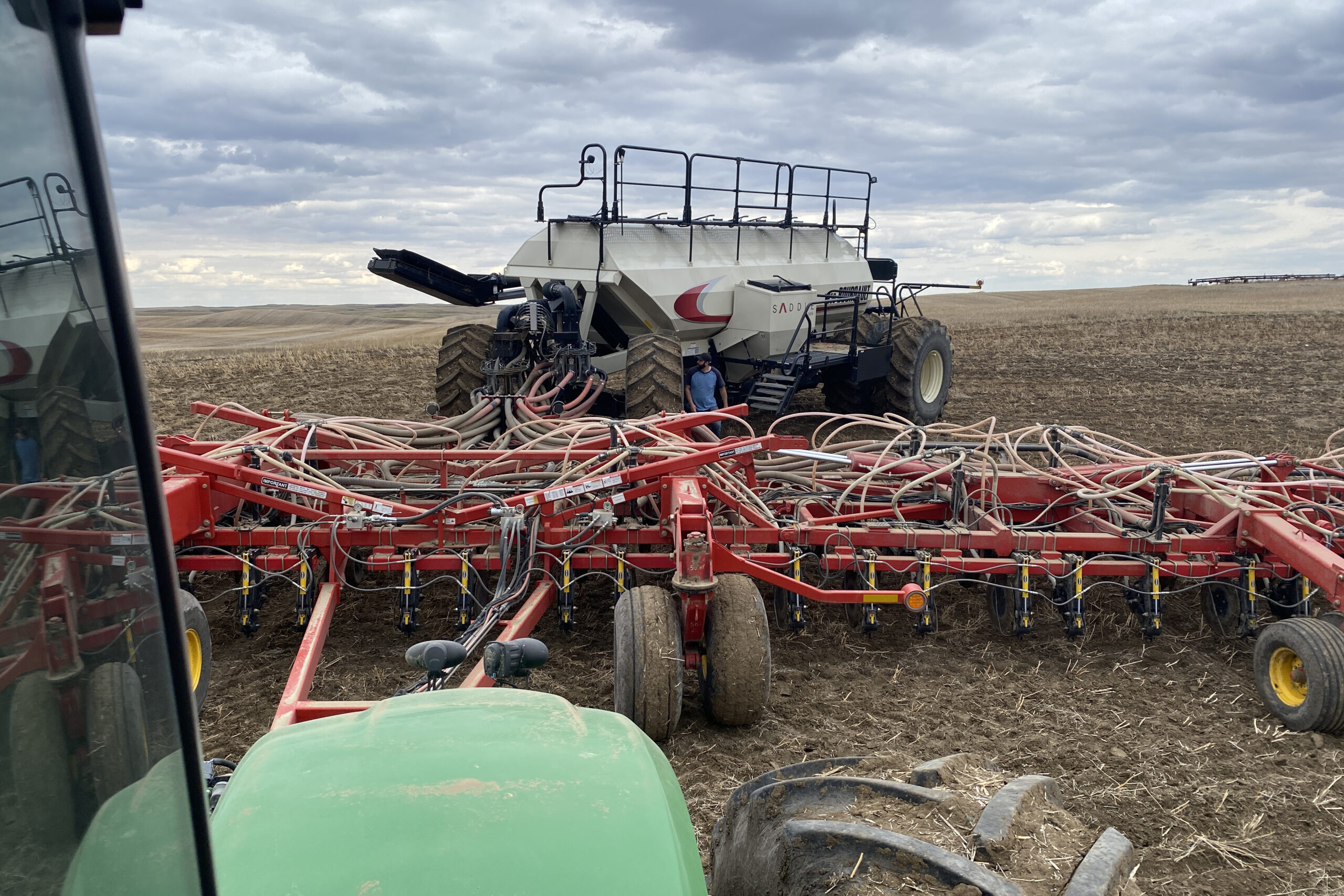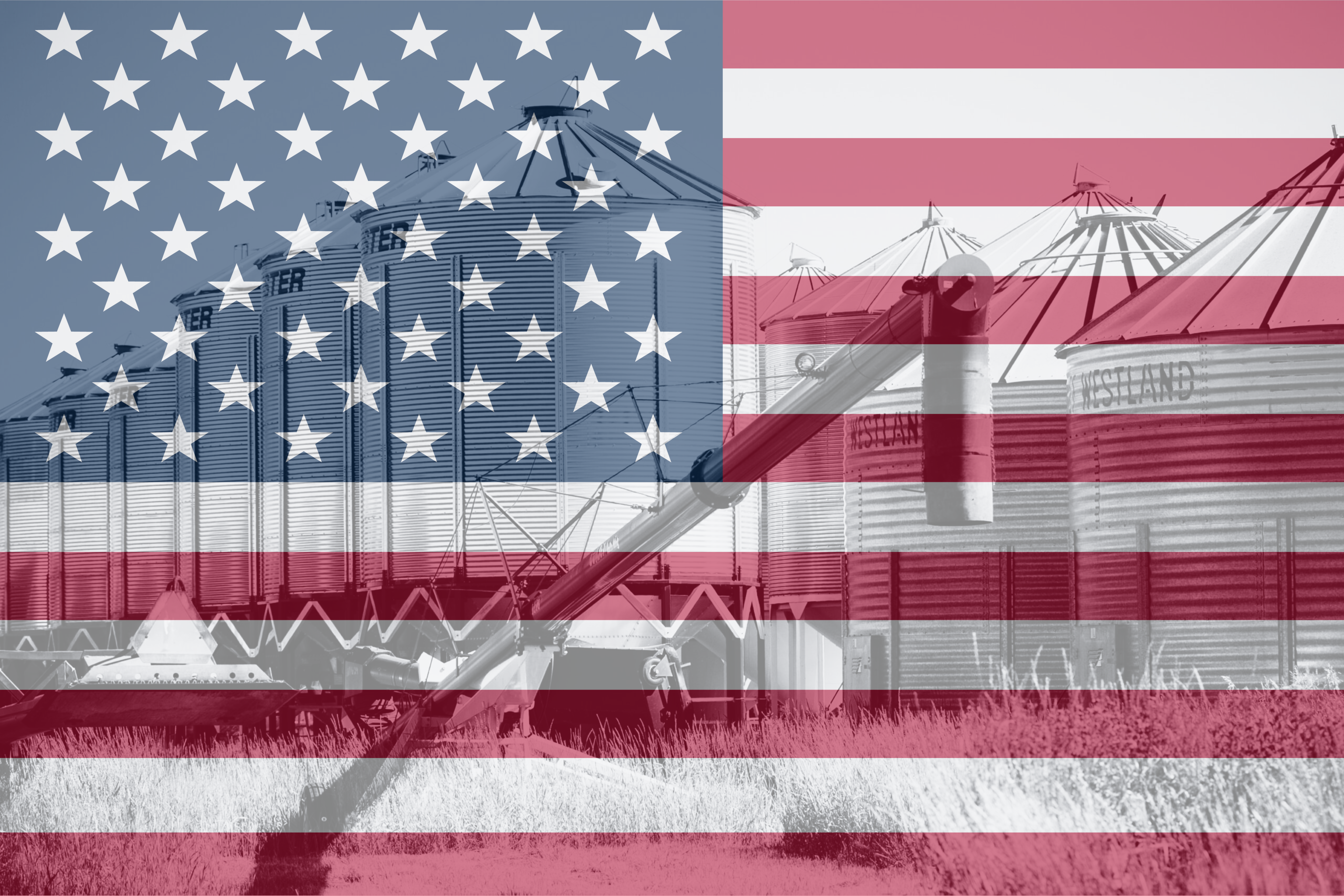By Chuck Penner, LeftField Commodity Research
May 2023
Heading into this planting season, there was no shortage of ideas about changes to seeded area. A lot of those opinions were centered on pulses. Besides the usual decision factors about prices and crop rotations, there was plenty of discussion about how well (or poorly) crops performed during the last two to three years of stressful conditions on the Prairies. The result was some “big” opinions about where acreage was headed for 2023.
In late April, Statistics Canada (StatCan) issued its first estimates of 2023 seeded area and in general, the year-to-year changes are less extreme than some opinions that were floating around. There is one big caution about the results, however. The farmer survey StatCan uses to generate these estimates was done in mid-December to mid-January, compared to the usual March timeframe. While some decisions were locked in by then, other factors were still up in the air, including crop insurance rates. This should not be considered the final word, by any means.
The StatCan survey results showed 2023 pea plantings at 3.2 million (M) acres, down 5% from 3.4 M in 2022 and well below the 5-year average of 3.9 M acres. This also continues the downward trend of the last few years. This 2023 estimate is also slightly below the average trade guess of 3.3 M acres, but not by much. The StatCan survey does not ask for a breakdown by type, but there is a good chance green pea area will be steady while the drop in acreage shows up in yellows.
Canadian Pea Seeded Area

Of course, seeded area is just the first step in sorting out the 2023/24 outlook. Plugging in an average yield would mean a 2023 pea crop of 3.2 M tonnes, which would be about 400,000 tonnes less than 5-year average production. If so, supplies for the coming year would be the smallest since 2011/12 (aside from 2021/22) and would mean fewer exports in 2023/24. Whether that is strongly bullish or not largely depends on the level of demand from China and there are question marks about those prospects.
The seeded area of lentils was estimated by StatCan just slightly below 4.0 M acres, in line with trade estimates and 8% less than last year, although close to the 5-year average. It is worth noting that in the last few years, lentil plantings have been quite stable in Western Canada and the 2023 acreage remains within that range. In this survey, StatCan does not ask farmers about the type of lentils they will be planting, but the price difference means there is a good chance there will be a small shift toward greens with fewer reds.
Canadian Lentil Seeded Area

If we apply an average yield to this acreage, the 2023 lentil crop would end up at 2.3 M tonnes, almost identical with 2022 production and supplies would remain steady. It is still very early, but export prospects for 2023/24 look solid again, which would keep prices well supported.
There have been a lot of questions about chickpea plantings for 2023. The price environment is quite positive but that is being offset by concerns about a crop disease that has been difficult to pin down. If the StatCan acreage number is any indication, these two factors have mostly canceled each other out. The seeded area was estimated at 260,000 acres, up 11% from last year but below the 5-year average
of 318,000 acres. When we plug in an average yield, the 2023 crop would be 162,000 tonnes, 27% larger than last year. That is not negative for the market, however, as very few chickpeas from last year’s crop will be carried forward into 2023/24 and next year’s supplies would be the lowest in years.
Because the price environment for dry beans has been solid, it was surprising to see StatCan show 2023 seeded area at only 257,000 acres, 14% less than last year and the smallest acreage base since 2011/12. If yields return to the 5-year average, the 2023 dry bean crop would be 250,000 tonnes, 20% smaller than last year’s low. This smaller Canadian crop, together with fewer acres reported in the United States, would raise the possibility of low North American supplies, and provide more price support.
StatCan reported 2023 faba bean area at 89,000 acres, 23% more than last year and slightly below the 5-year average. In addition to the other cautions about the StatCan estimates, the small number of farmers planting faba beans adds more statistical uncertainty to
this estimate. If it is reliable though and yields are close to average, it would mean a 2023 crop of 105,000 tonnes, the largest since 2020.
Chuck Penner operates LeftField Commodity Research out of Winnipeg, MB. He can be reached at info@leftfieldcr.com.


